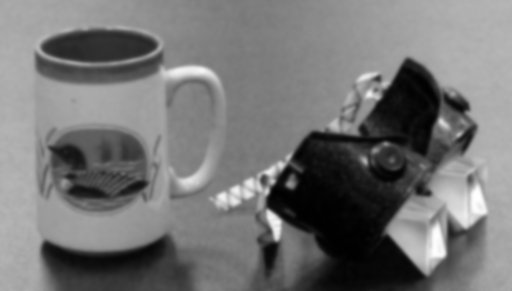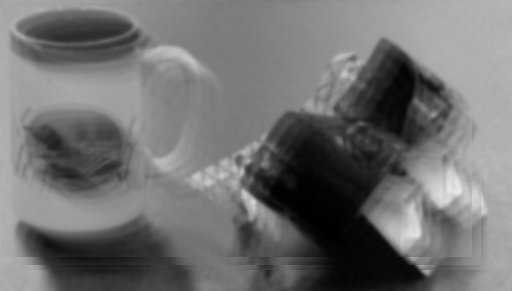The Duplex Theory of Vision
The duplex theory of vision refers to the idea that there are functionally two distinct ways that our
eyes work. The first system is called the photopic and the second is the scotopic system. The
photopic system is associated with the cones, and the other, the scotopic system,
is associated with the rods. The duplex theory is the idea that our visual system can operate in
fundamentally different ways, depending upon the conditions in the environment. Daytime is the domain
of photopic vision, but nighttime is when our scotopic vision comes to the forefront. These hypothesized
differences in visual function derive from the following observations. First, rods are more sensitive
to light overall than cones. Second, rods are most sensitive to different wavelengths than the cones are.
That is, they have a different spectral sensitivity. Third, rods and cones have different spatial and
summation properties, which we discuss shortly. And finally, cones support color vision but rods do not.
In general, the photopic system is associated with daytime vision, and the scotopic system is our night
vision system. However, there is a range of intermediate ambient light intensity in which both systems
are working. This intermediate zone is said to be mesopic vision.
In this illustration, we will take a simple photograph and simulate the differences between photopic and scotopic vision, starting with the lack of color vision in scotopic vision.
|
To illustrate the differences between photopic and scotopic vision, we will use the photograph below. It is a color photograph in high resolution simulating photopic vision in our fovea. We have only one type of rod, but three different classes of cones. That difference allows us to have color vision during our photopic vision but not color vision during our scotopic vision. Play the video to the right below and color will gradually be removed from the image to simulate the lack of color vision during scotopic vision. |
Photopic
|
Play this video to remove color to simulate the lack of color vision that is part of
scotopic vision. |
|
Rods and cones have different wavelengths of light that they are most sensitive to. To simplify the differences, rods are relatively more sensitive to short wavelengths (blues) than are cones, and cones are relatively more sensitive than rods to long wavelengths (reds). What that means is that in the daytime, using photopic vision, a blue can seem dark and a red bright. But come night, scotopic vision, the situation reverses; the region that was blue becomes bright and the region that was red becomes much darker. This is called the Purkinje Effect. Below, the pictures to the left show both photopic vision and the same picture without color. Use the video to the right and watch the relative brightness of the area that was red and blue as the Purkinje Effect is simulated. |
Photopic No Color 
|
Play this video to alter the relative brightness of the reds and blues to simulate the
Purkinjie Effect. |
|
To be more sensitive to light when using scotopic vision, our eye adds light over larger areas of the retina. One negative consequence of this change in our vision is the reduction in acuity. Playing the video on the right simulates the loss of acuity during scotopic vision. Watch the image become more blurry. |
Photopic No Color and Purkinjie Effect 
|
Play this video to simulate the reduction of acuity with scotopic vision. |
|
Finally, during scotopic vision, the eye adds light over a longer period of time. This causes motion to blur on our eye. One illustration of this change is when playing with sparklers at night; you can move them and create streaks of light that you see. Play the video below to simulate the blurring of objects as they move. |
Photopic Low Acuity 
|
Play this video to simulate how the visual system blurs motion because during scotopic vision
our eye adds light over a longer period of time. |
|
If you wish a more leisurely examination of the changes from photopic to scotopic vision, examine the photographs below that follow the same steps as shown in the videos. |
Photopic
|
Scotopic: No Color Vision
|
Scotopic: Purkinjie Shift
|
Scotopic: Lower Acuity
|
Scotopic: Slower Response of the Eye
|
Back to Photopic
|